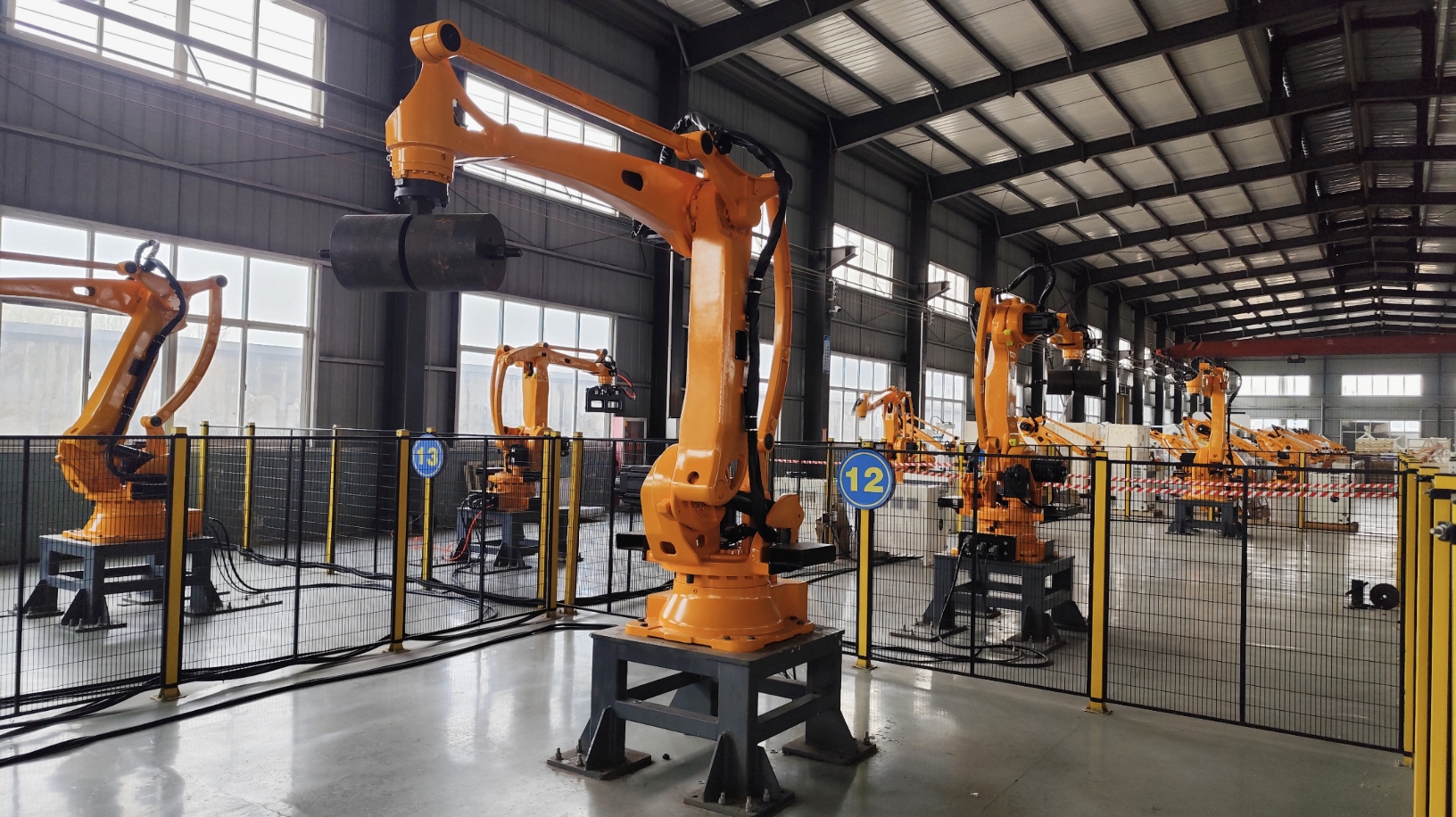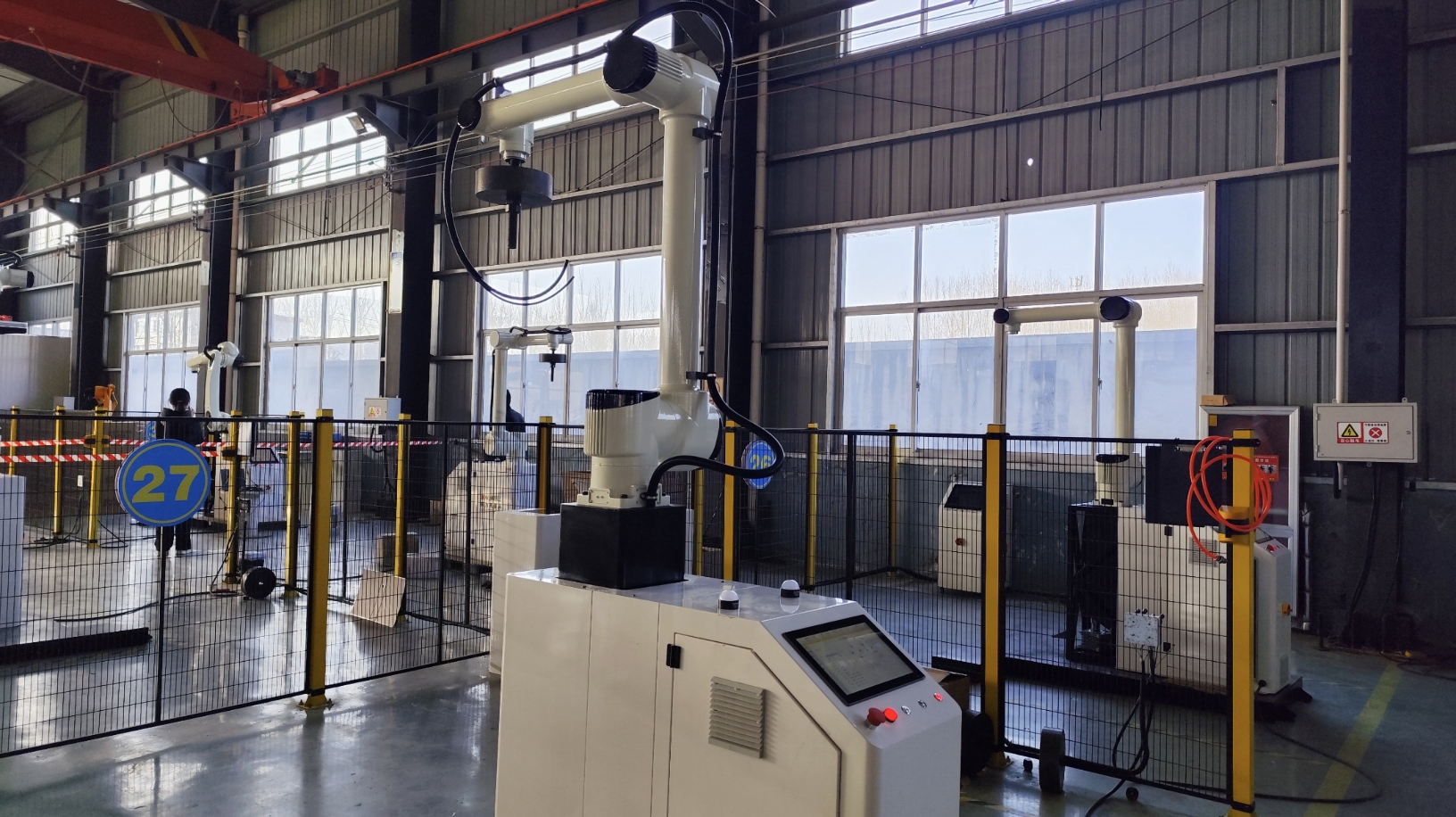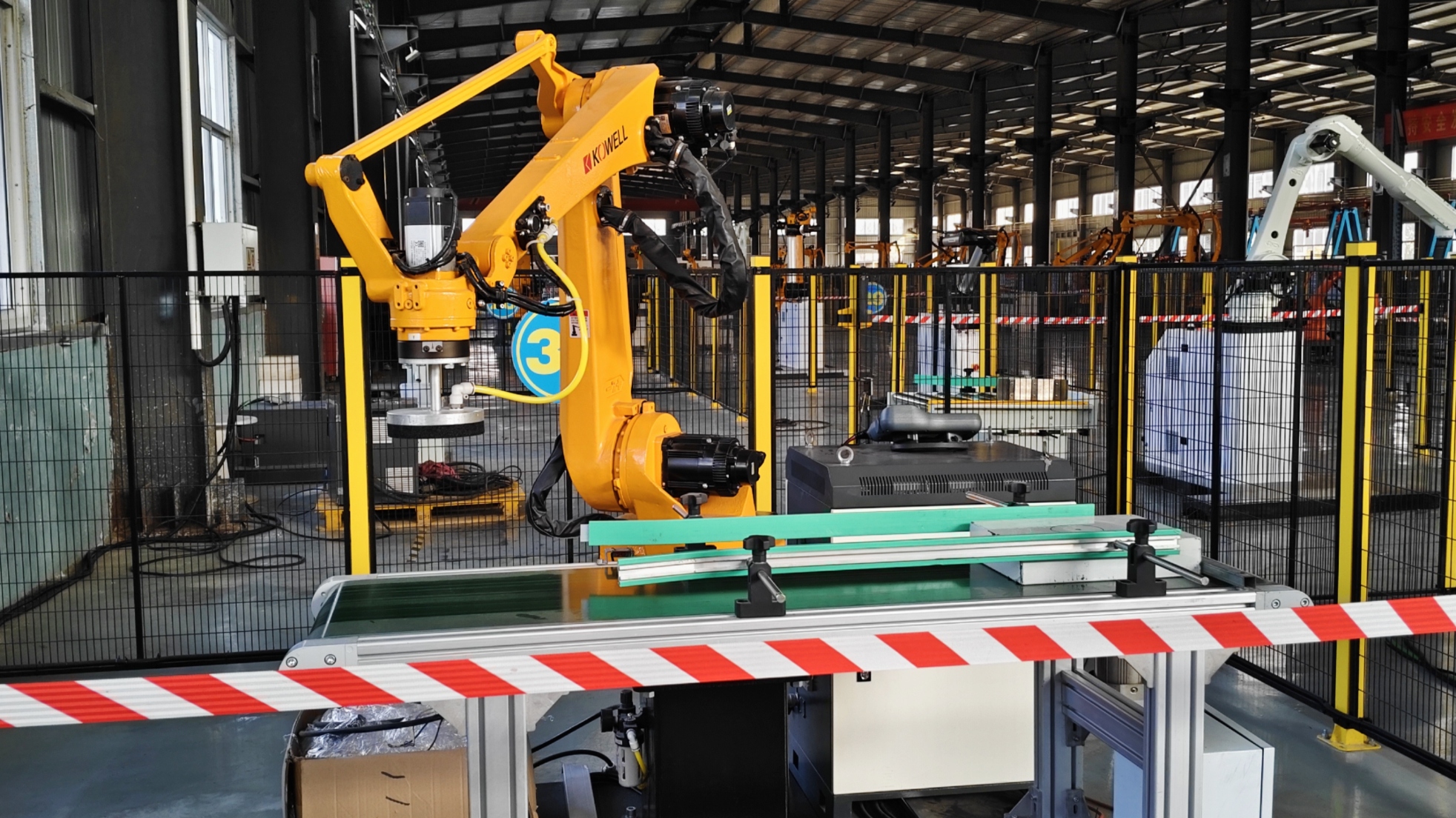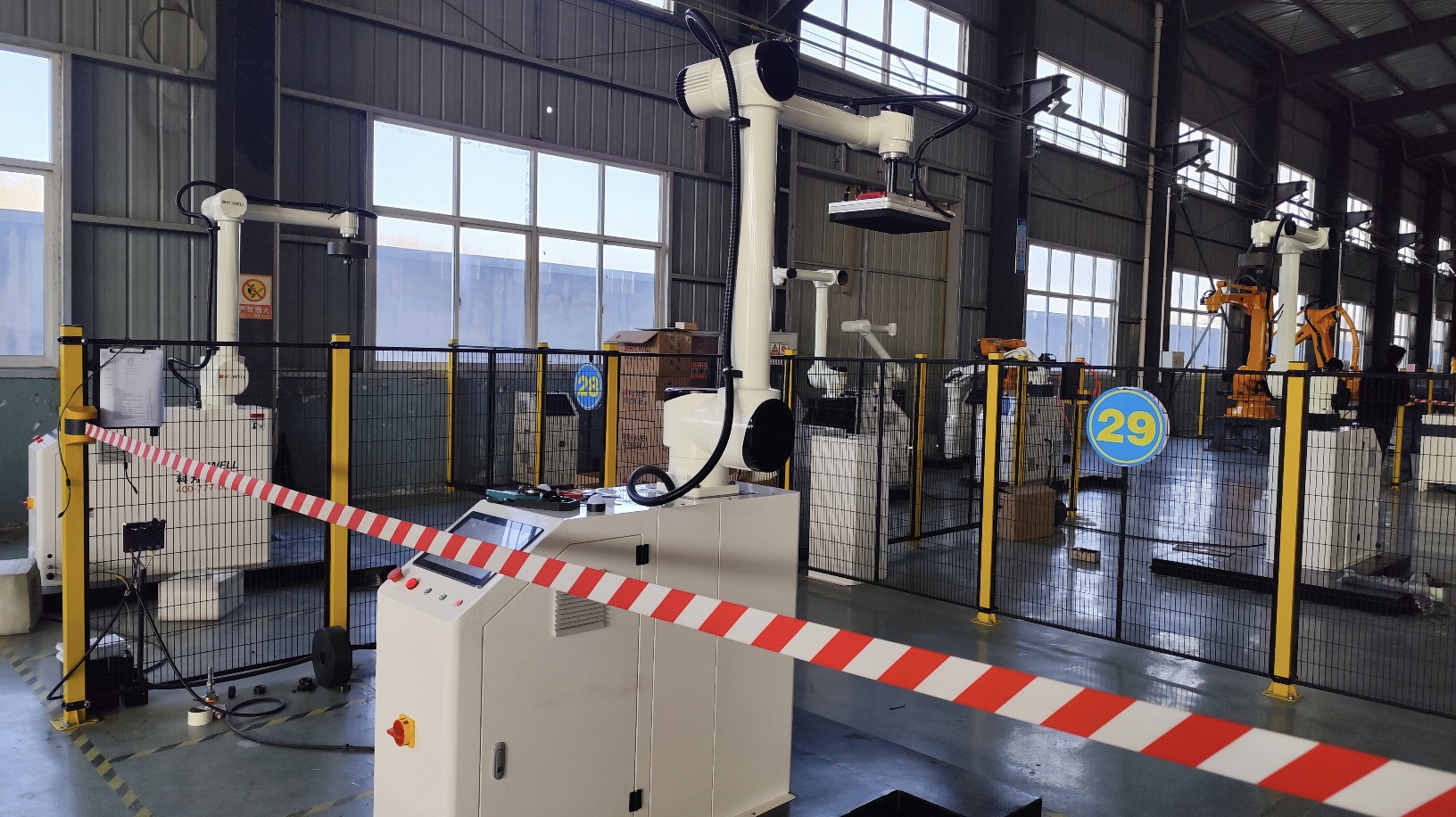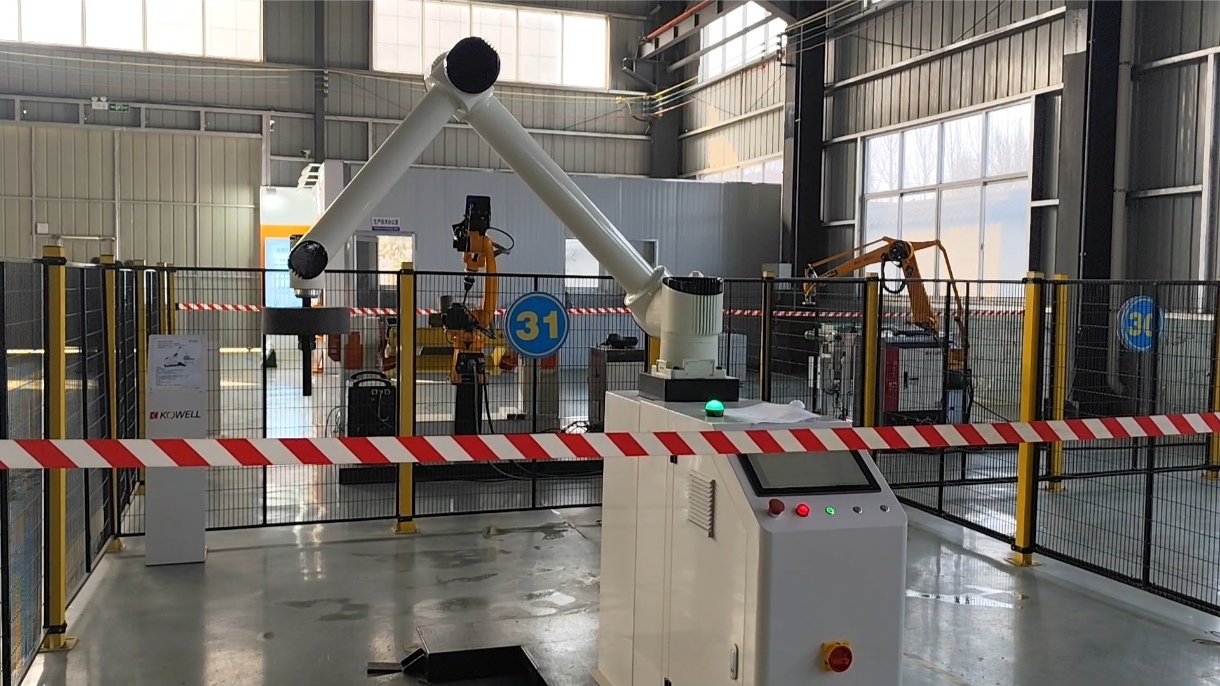In modern manufacturing, with the rapid development of production line automation and intelligence, collaborative robots have gradually become key equipment on the production line, especially in palletizing operations. Collaborative palletizing robots can improve production efficiency, reduce labor costs, and improve product consistency and quality. So, what factors do companies need to consider when choosing a suitable collaborative palletizing robot?
1. Working environment of the production line
The working environment of the production line is the first factor to consider when choosing a collaborative palletizing robot. The environment of the production line includes temperature, humidity, air quality, cleanliness, and the spatial layout of the workplace. Different working environments have different requirements for the operating performance and durability of robots.
For example, production lines in the food, pharmaceutical and chemical industries require robots to work under strict hygienic conditions to prevent products from being contaminated. At this time, you need to choose a robot that is dustproof, waterproof, and easy to clean. For ordinary industrial environments, more attention may be paid to the accuracy, load capacity and stability of the robot. Space constraints on the production line are also an important factor. If the space is relatively small, you need to choose a small and flexible robot so that it can flexibly perform complex palletizing actions.
2. Robot load capacity and operation requirements
Collaborative palletizing robots are usually used to carry and stack heavy objects. When selecting, you need to consider the load weight the robot can carry and the workload required. The robot's load capacity should be determined based on the needs of the production line and the weight of the material. If you need to carry heavier items on the production line, you need to choose a robot with a higher load capacity. For example, when handling large bags, building materials or car parts, robots need to be able to withstand larger loads.
At the same time, taking into account the improvement of production efficiency, the frequency of operation requirements is also a key factor. If the production line needs to operate continuously for 24 hours, the selected robot must have high reliability and durability, be able to cope with long-term workload, and avoid downtime losses due to equipment failure.
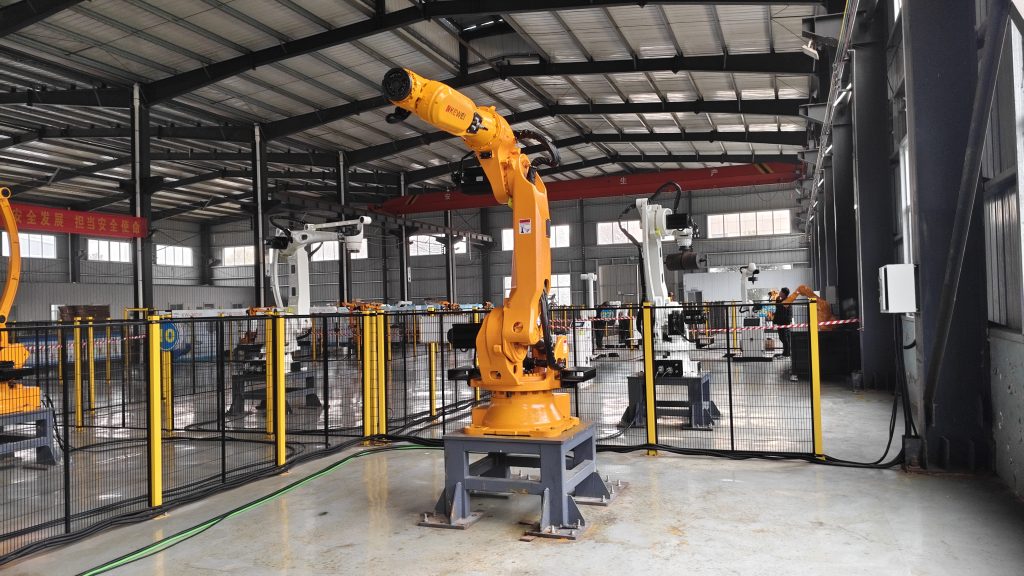
3. Robot accuracy and flexibility
In palletizing operations, robot accuracy is an important factor affecting production efficiency and product quality. Collaborative palletizing robots need to be able to accurately place items in designated locations and ensure stacking stability. For some industries that have strict requirements on stacking height, position and angle, such as electronics, automotive parts, etc., the accuracy requirements are higher. Therefore, it is necessary to choose a collaborative palletizing robot with higher accuracy.
In addition, flexibility is also a factor that cannot be ignored. Robots need to be able to adapt to different item shapes and sizes and perform flexible palletizing work. In some production lines, the type and shape of materials may change frequently, so robots need to have the ability to automatically identify items, adjust working postures, and change work procedures. These requirements make robots more adaptable and able to quickly adjust under different production needs.
4.Human-machine collaboration and safety
The difference between collaborative robots and traditional industrial robots is that they can work together with human workers without interfering with each other. The advantage of human-robot collaboration is that cobots can share workspaces with humans without the need for fences or safety nets, thereby increasing productivity and reducing space usage. However, this also places higher requirements on the safety of robots.
When choosing a collaborative palletizing robot, you must ensure that the robot is equipped with advanced safety sensors and crash-testing capabilities. When a robot collides with a worker or equipment while performing a task, it will automatically stop operating or take avoidance measures. This can effectively reduce safety hazards at work and ensure worker safety.
5.Cost and Maintenance
Although collaborative palletizing robots can bring efficiency improvements to enterprises, the cost of purchasing and maintaining robots is also an important factor that enterprises need to consider. The prices of collaborative palletizing robots of different brands and specifications vary greatly, so companies should make reasonable plans based on their budget when choosing.
In addition, robot maintenance and upkeep are also aspects that need to be considered. High-quality collaborative palletizing robots typically have low maintenance costs and a long service life. When choosing, companies should choose robot brands that provide long-term technical support and are easy to maintain to reduce the impact of equipment failure on production.
Conclusion
In general, choosing a suitable collaborative palletizing robot requires comprehensive consideration of various factors such as the working environment, load capacity, accuracy, flexibility, safety, compatibility, cost and maintenance of the production line. When making a choice, companies should not only consider technical specifications, but also choose a suitable robot solution based on specific production needs and budget. Through reasonable selection and deployment, collaborative palletizing robots will be able to improve the automation level of the production line, promote the improvement of production efficiency and reduce costs.
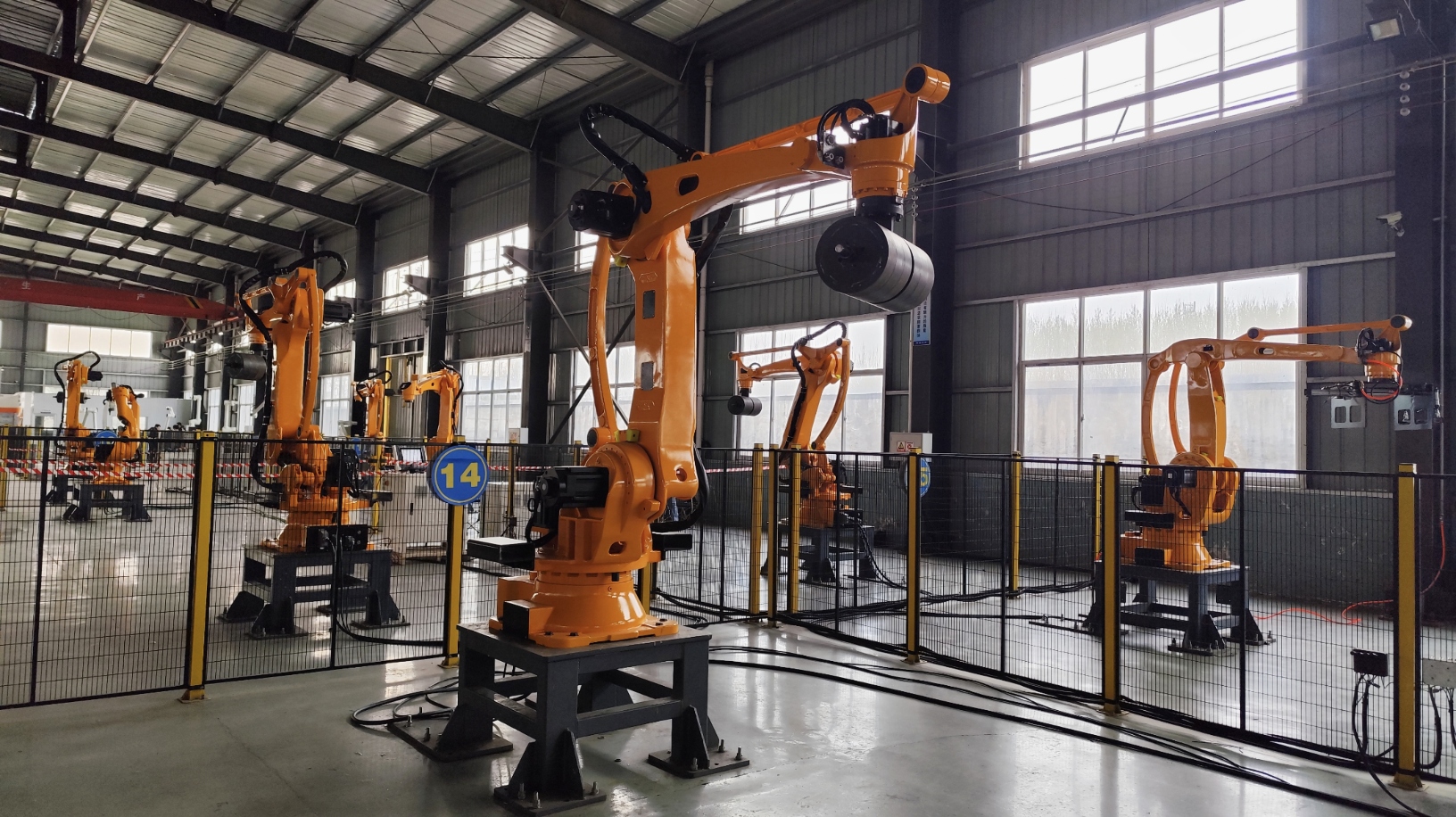
Online Consultation
Hello, the current customer service is offline. You can leave your contact information and the staff will respond to you as soon as possible!


